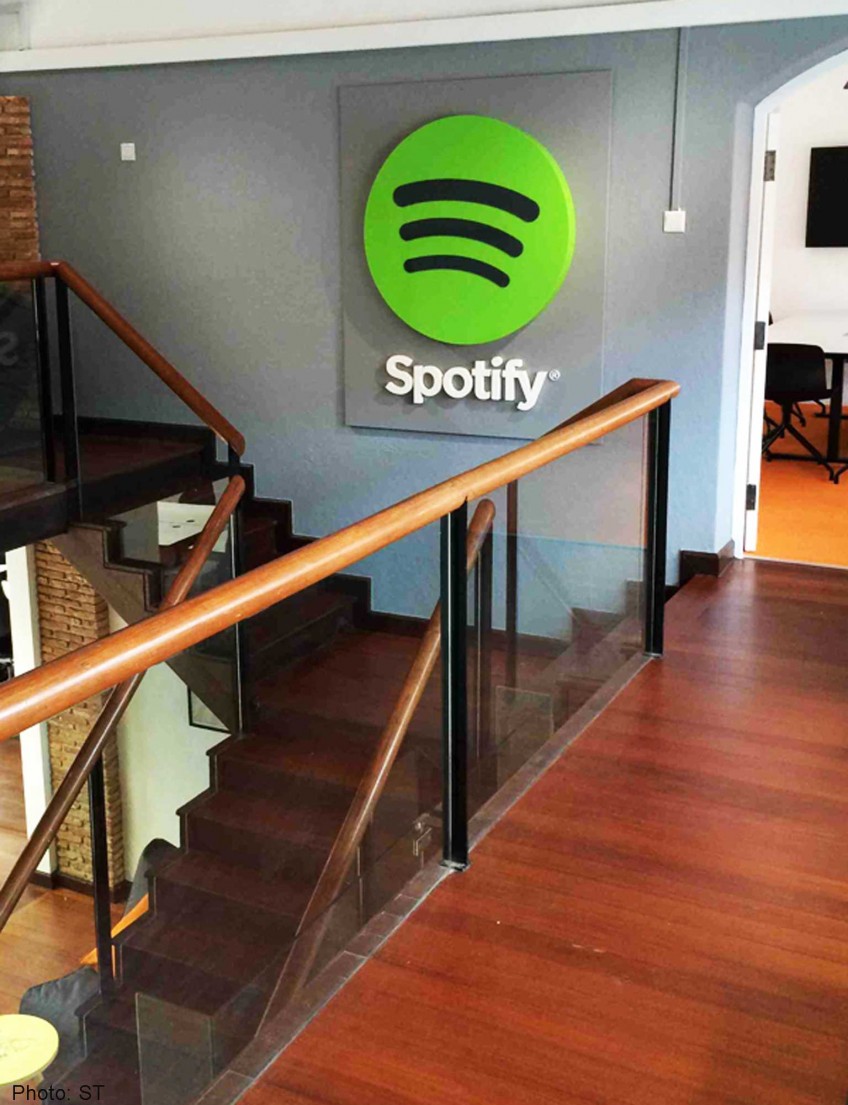Spotify's losses are growing faster than its revenue

The New York Times reports that Spotify's financial picture remains the much the same till date: rapid revenue growth, with steady losses. In 2014, Spotify reported $1.3 billion in revenue, up 45 per cent from the previous year. However, reported net losses also went up to $197 million in 2014, up from $68 million in the previous year.
Spotify's documents explain the losses as being due to investments in "product development, international expansion and general increase in personnel." Of course, as the company expands into more territories around the world, so too will the number of employees needed increase. Spotify had 1,354 employees at the end of 2014 compared to 958 at the end of 2013.
However, the threefold increase in losses as opposed to the 45 per cent increase in revenue, has led some analysts to wonder if the company's two-tiered model is truly able to support the company. Spotify offers music with advertising for free, or you can subscribe to the service for $10 a month to bypass advertising. According to its latest accounts, Spotify has 15 million paying users and 45 million free users (at end 2014). Subscriptions from the 15 million make up 91 per cent of the company's revenue, with the rest coming from ads.
This free tier has lately become a subject for debate in the music industry, and top executives like Universal's Chief Executive Lucian Grainge have spoken out against it as not being sustainable in the long term, while we've also reported on how Apple was being investigated for potentially trying to talk record companies out of offering free music.
On their part, Spotify has long countered that the free tier is essential to attract new users who can then be lured into the premium tier, and Spotify chief executive Daniel Ek said last year that the company has paid $2 billion in music royalties since it started service in 2008, hence justifying their value to the music industry.
Spotify is easily the most popular music streaming service of its kind. But if even they have problems converting enough free subscribers to paid to keep their profits growing as fast as their losses, does that mean the free music-streaming service model is broke?
Sources: The New York Times, Rolling Stones, Mashable

Visit Hardware Zone for more stories.